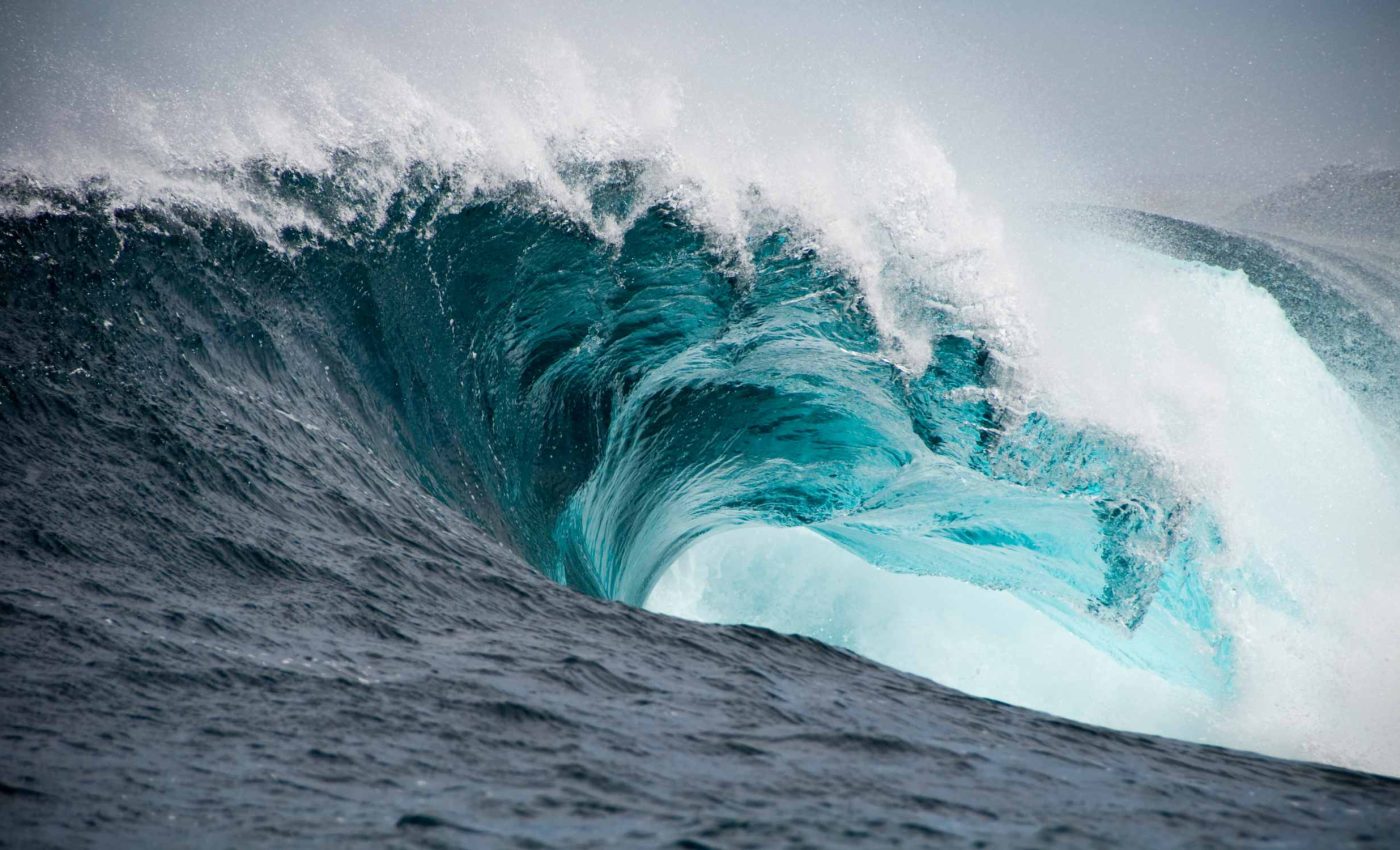
The same process that is raising sea levels today sank them millions of years ago
Earth’s oceans are not just rising and changing in modern times. Scientists say there was a phase when they went the other way, sinking by an amount that might raise a few eyebrows.
Another era saw sea levels plunge by roughly 85 feet to 105 feet, a shift that took place about 15,000,000 to 6,000,000 years ago. Dr. Colleen Dalton from Brown University, together with colleagues, connects this dramatic change to a slowdown in seafloor spreading that reshaped the depth of the ocean basins.
The bigger picture: Earth’s crust
Our planet is always moving under the hood. Spreading ridges create fresh crust, while older crust sinks back into the Earth at subduction zones.
That constant cycle keeps continents and seas in flux. Observations suggest that a 35% dip in crust production can trigger a significant sea-level drop.
Vast ocean change: Deepening basins
Not everyone thinks of the ocean floor as dynamic. Yet the basaltic crust beneath the seas gradually cools and sinks with age.
When new crust forms more slowly, there’s less warm, shallow seafloor at any given moment. Researchers report that this chain reaction can change ocean depths by dozens of feet.
Why a slowdown matters
Much like a production line, ridges run at certain speeds. Once that speed shifts, a ripple effect spreads across the planet’s oceans.
Such changes don’t happen overnight. But over millions of years, they can reshape coastlines and potentially alter ocean chemistry.
Remaking the chemistry of Earth’s crust
Young crust emits heat and interacts with seawater in hot vents. Slower creation of that crust can reduce this heat flow and the exchange of minerals.
Older crust does not host the same level of hydrothermal circulation. As a result, off-axis chemical interactions can also shift, though more gradually.
Contrasting with ice melt
If the entire East Antarctic Ice Sheet melted, scientists estimate ocean levels might climb about 118 feet. That’s a stark contrast to an ancient time when seas pulled back instead of inching upward.
Both events carry huge implications for coastal life. Yet one is driven by solid Earth processes, and the other by melting ice.
Tectonics, not just climate
Conversations about sea-level rise often spotlight warming temperatures. But Earth’s geological engine quietly plays its own role.
Ice melts can be fast in geologic terms. Tectonic changes operate at a more measured pace but produce lasting consequences.
Tracking evidence of ocean change
Some rocks on certain coastlines hint at older shorelines that once sat higher in local strata. Shifts in the shape of ocean basins connect with those clues.
Researchers piece together these findings by reconstructing plate motions over time. That sleuthing provides a window into how our planet has changed through slow but steady movements.
Earth’s crust: Impact on heat flow
As the younger crust becomes less abundant, total heat from the mantle escapes at a lower rate. Studies estimate an overall drop of about 8% in oceanic heat flow linked to the slower spreading.
Heat flow is crucial for understanding Earth’s cooling over the ages. It also influences how deep-sea ecosystems function near vents and ridges.
Linked studies
Other authors have probed past seafloor spreading records, noting that speed changes align with shifts in sea level. Long-term reconstructions support the idea that tectonics can rival ice-related effects in the big picture.
This topic sparks interest because it underscores that climate is not the sole driver of water’s position on Earth’s surface. Tectonic processes add another layer of complexity that’s easy to miss in short-term observations.
Broader climate tie-ins
Some scholars propose that a slowdown in crust production might also lessen volcanic CO2 emissions. Cooling oceans would then contract, pushing sea levels even lower.
That theory suggests multiple factors can compound to shift coastlines dramatically. It’s a reminder that Earth’s systems are woven together in surprising ways.
Real-world echoes
Past events may guide us in understanding today’s rising seas. Although current changes move more rapidly, the underlying lesson is that sea levels can swing.
Coastal communities often grapple with local uplift or sinking land. Those vertical motions can compound any global shifts, whether from melting ice or tectonic adjustments.
Potential future insights
As scientists refine plate reconstructions, they may pinpoint exactly how often this slowdown has recurred. Each chapter of Earth’s tectonic story leaves clues in sediments and crust.
We stand to gain more clarity on the pace and scale of changes. Those insights may refine how experts project future sea-level trends.
Human perspective
Every change or slight shift in ocean levels touches people living near coasts. Knowing that deep Earth processes have long-term effects may expand our appreciation for subtle geologic forces.
This knowledge can help shape future research. It highlights that climate and geology can shape the seas in tandem.
Final note on publication
Results linking slower crust production with large sea-level drops invite fresh questions about the planet’s internal mechanics. They also add a twist to how we interpret geologic records.
One thing is certain: Earth’s interior is not just a passive backdrop. It has been influencing the height of our seas for ages.
The study is published in Geochemistry, Geophysics, Geosystems.
—–
Like what you read? Subscribe to our newsletter for engaging articles, exclusive content, and the latest updates.
Check us out on EarthSnap, a free app brought to you by Eric Ralls and Earth.com.
—–













